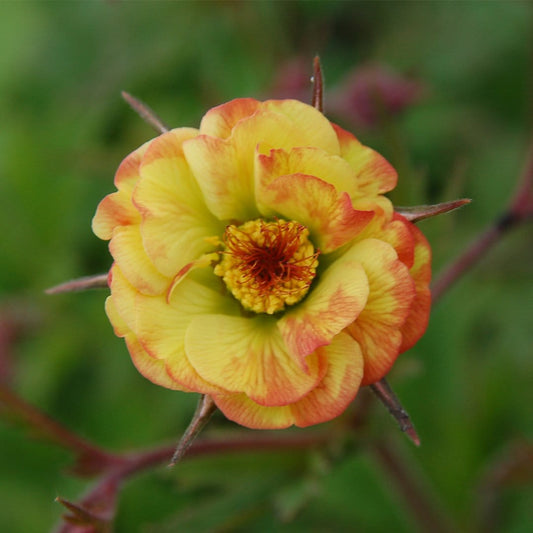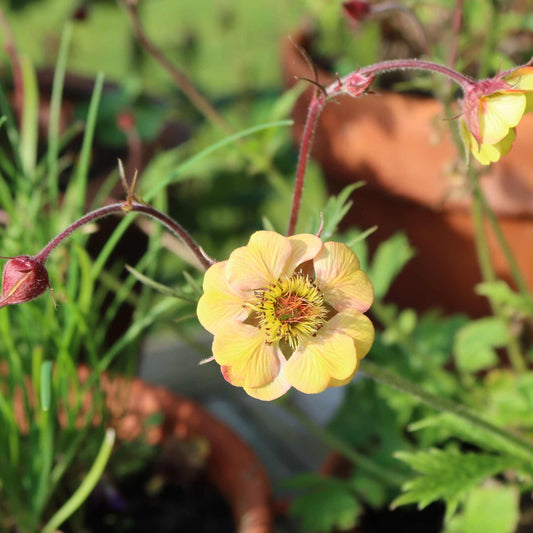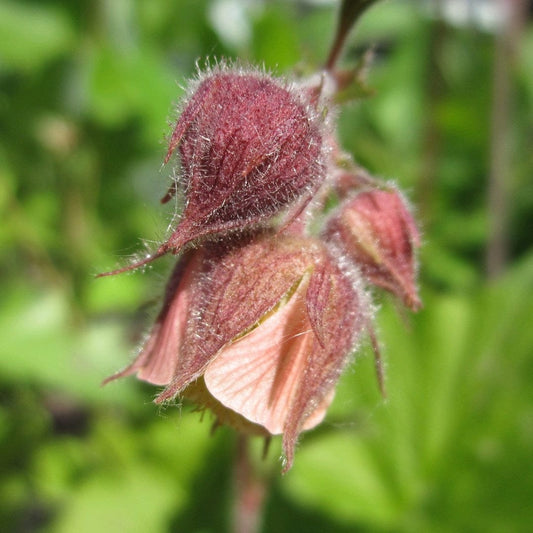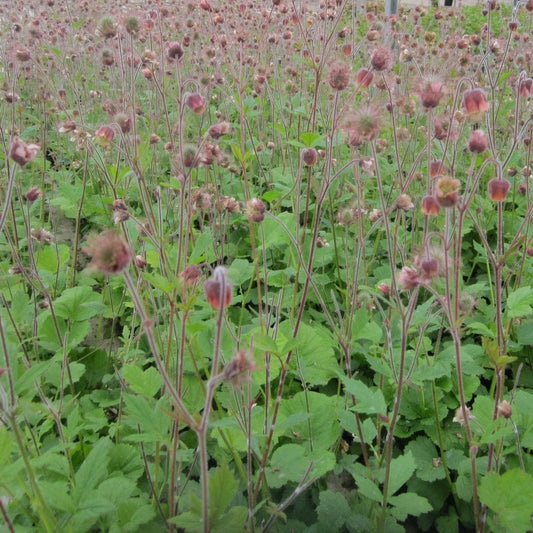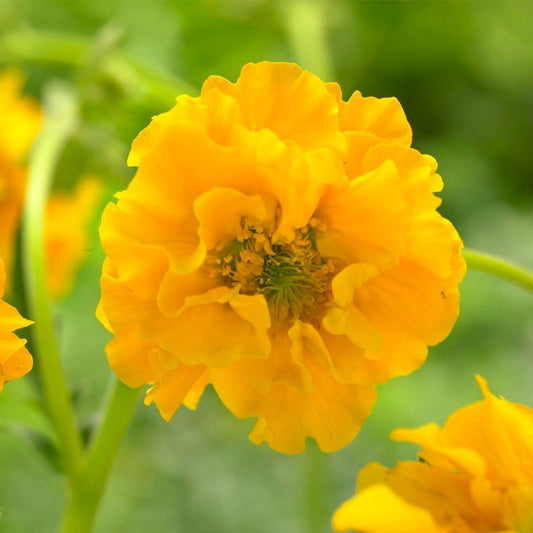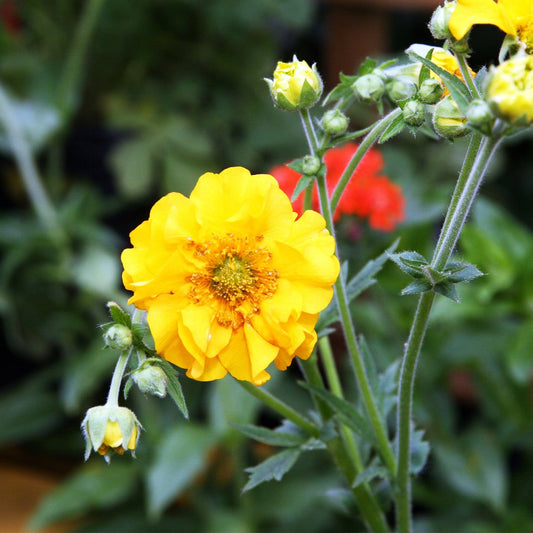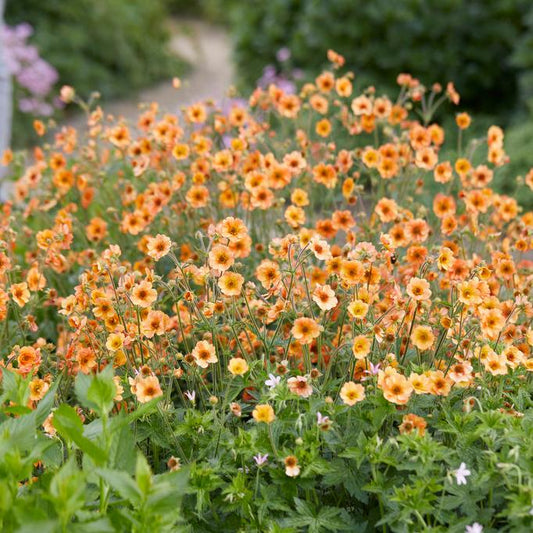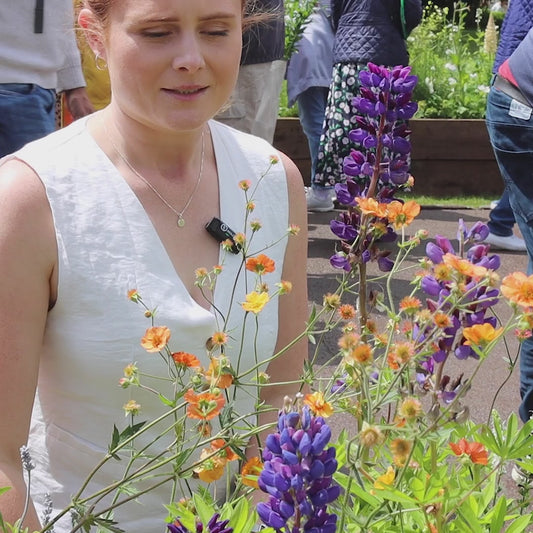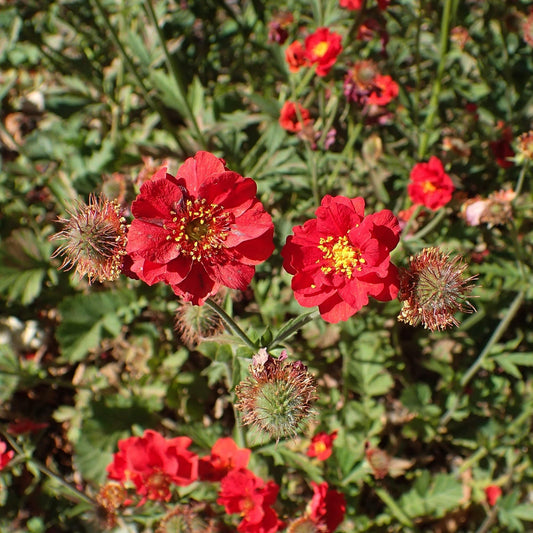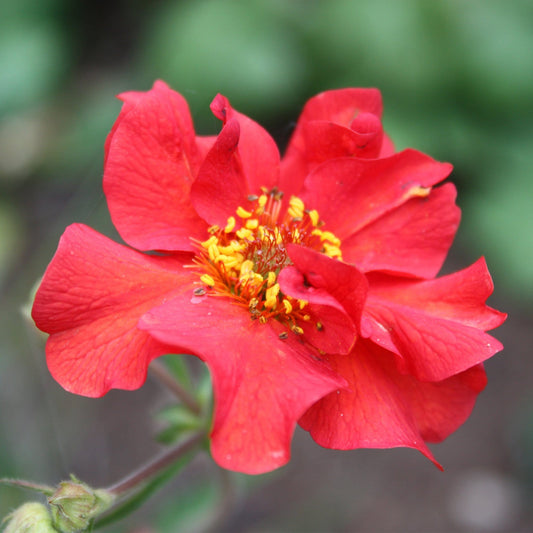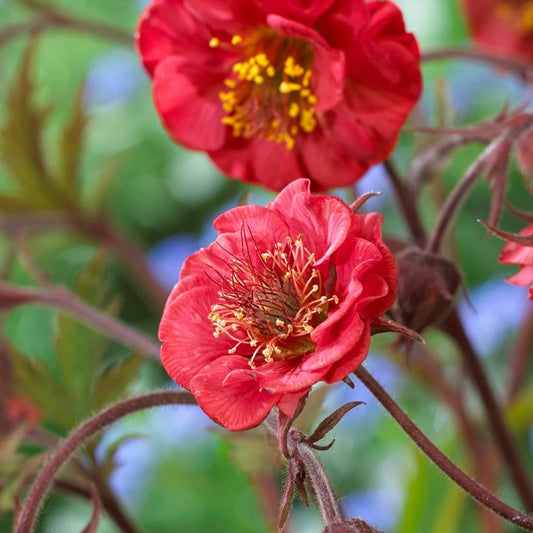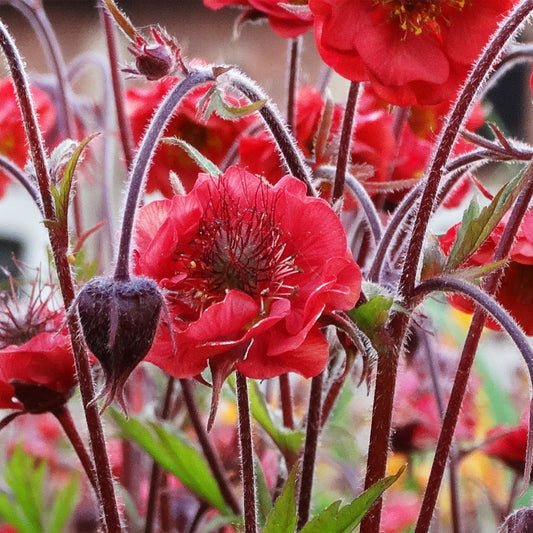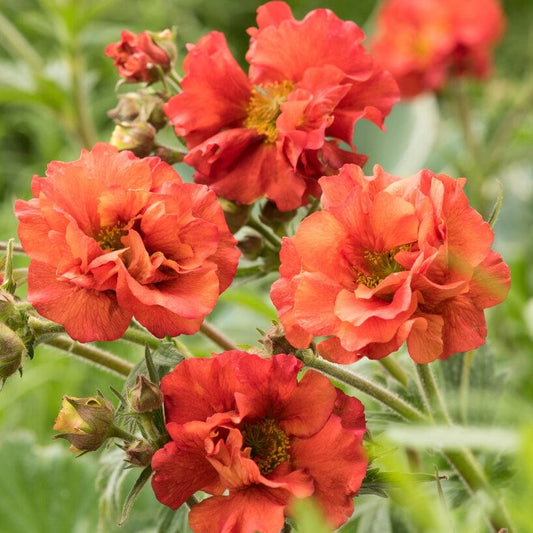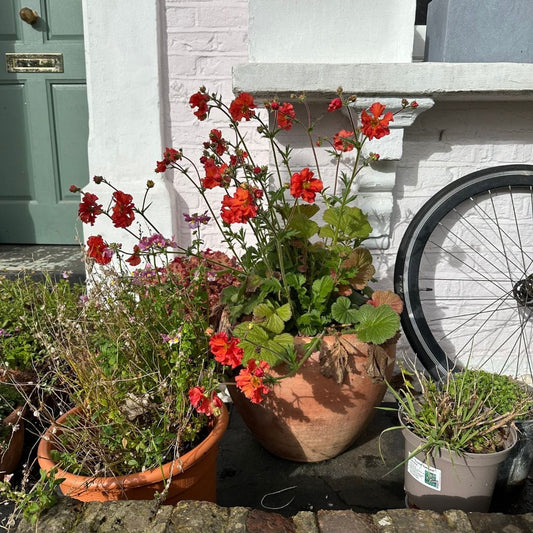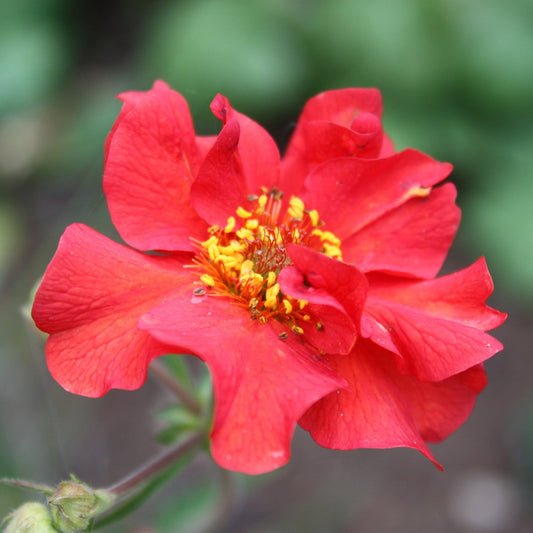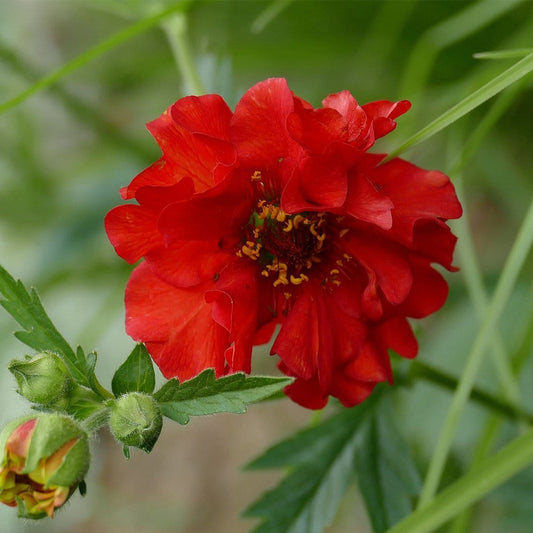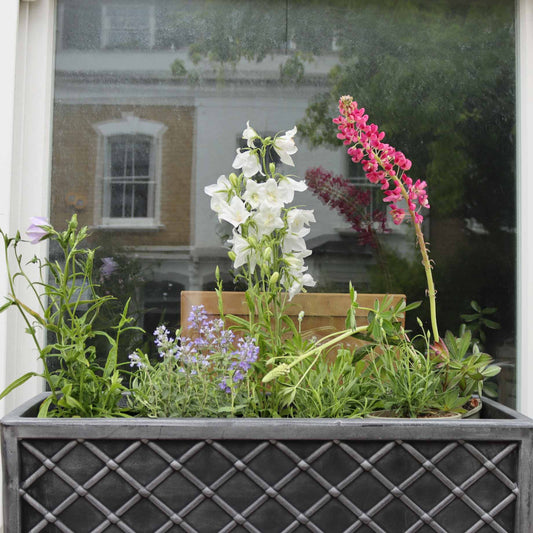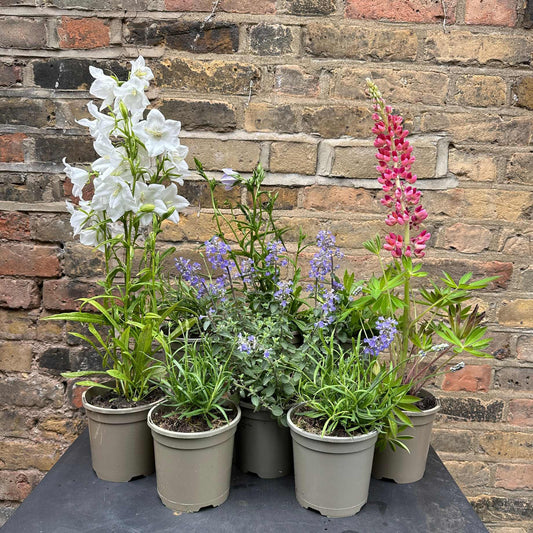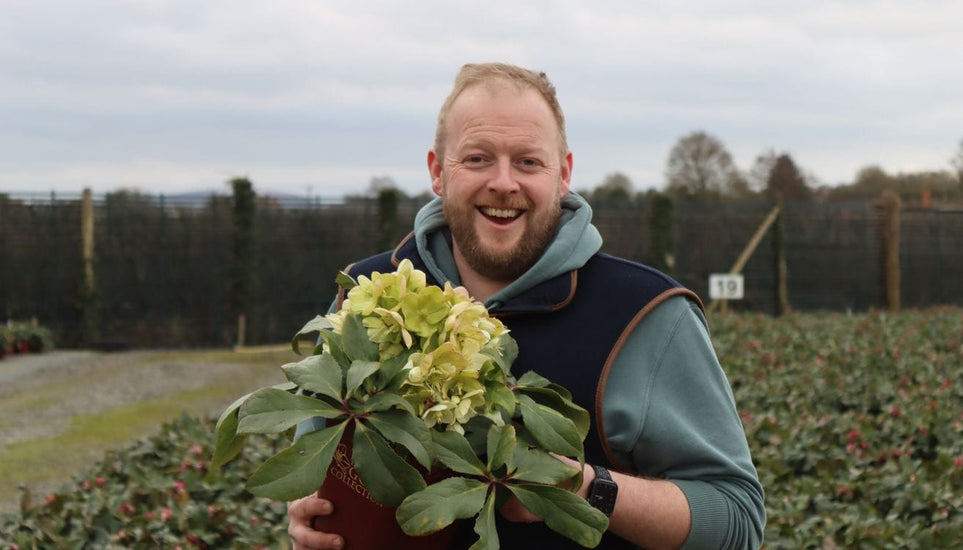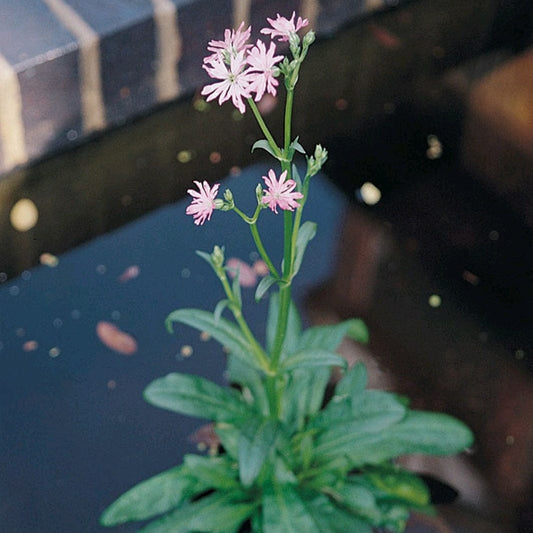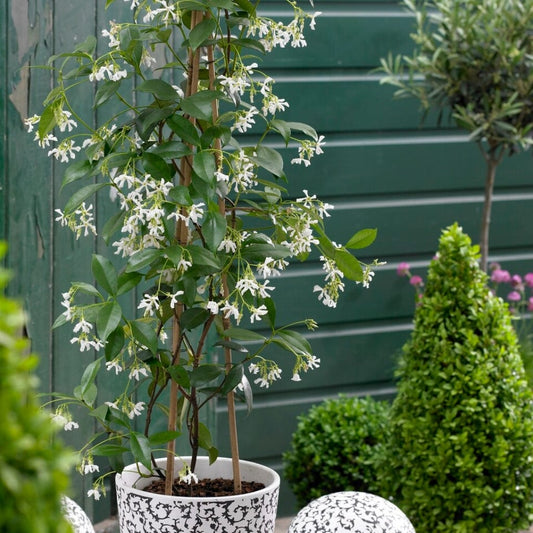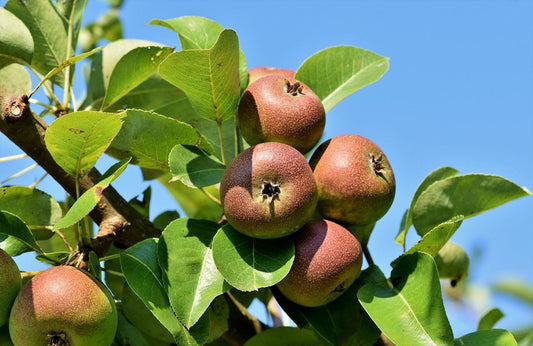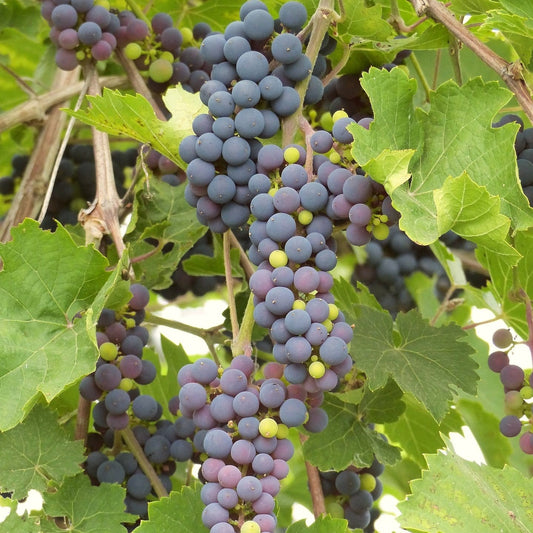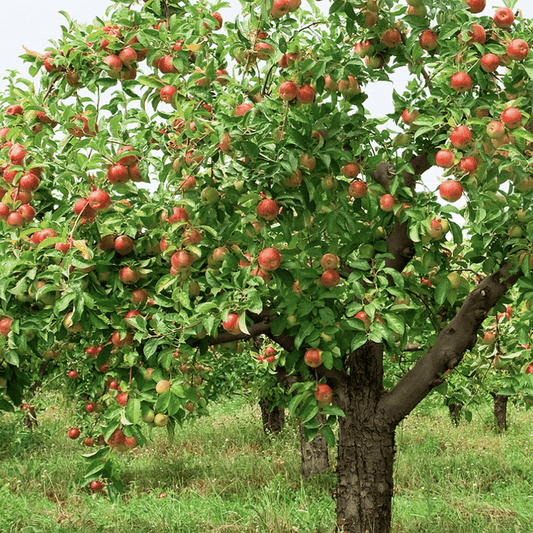Hereford
Meet Jack
Perennials born in Herefordshire, blooming in your garden
Our perennials start life in the rolling Herefordshire hills, where Jack and his team trial over 250 new varieties each year to bring you the best performing and most sustainable plants in the UK. With over forty years of excellence, it’s no surprise that they’ve won the HTA Plant Grower of the Year award two years running.
Need help picking?
Geum FAQs
When is the best time to plant geums in the UK?
Plant your geums at any time of year when the ground is workable. The best times are in spring or autumn, as they’ll have time to settle before the very warm or very cold weather comes along.
Where should I plant geums in my garden?
Geums will grow happily in a position with full sun or partial shade. Your soil should be well drained to prevent waterlogging, and nutrient rich - mix in some compost or manure before planting if your soil is a bit dry or sandy.
How do I care for geum plants?
Geums are easy to care for - just water them regularly until they're established, then in early spring each year, add a fresh layer of mulch around the plants to help keep moisture in and weeds out.
Do geum plants need pruning?
You don’t have to prune your geums, but you can tidy them up by trimming back the foliage in early spring, which also promotes new growth. Keep deadheading the flowers (removing the faded blooms) throughout the season to encourage more to grow.
How do I propagate geum plants?
You can make new geum plants by dividing them in spring or autumn, when the plant isn’t flowering. Dig up the plant clump and separate it into smaller clumps, making sure that each has healthy roots on it. Replant the small clumps and water them well until they’re established.
Fighting plastic waste
Delivering fresh from the nursery
Supporting UK growers

